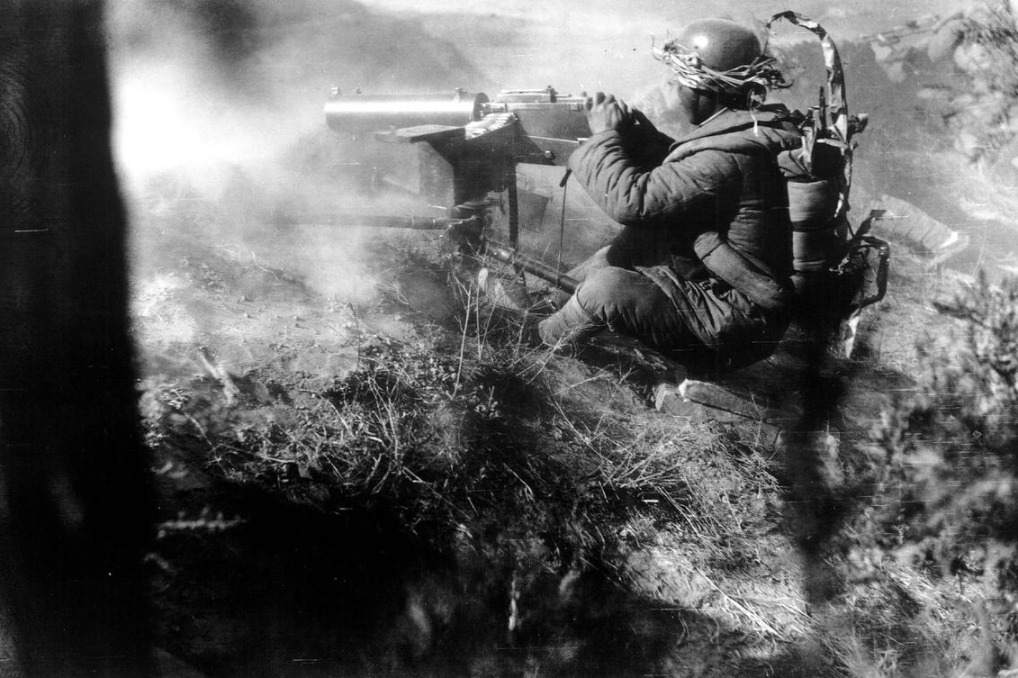New evidence of Japanese germ warfare made public
Latest release contains materials that offer direct proof of Unit 731's atrocities


New evidence detailing the atrocities committed by Unit 731, the notorious germ warfare detachment of the Imperial Japanese Army, was made public on Friday in Harbin, Heilongjiang province, exposing Japanese germ warfare crimes in detail.
The latest release comprises 3,010 pages of archival documents, 194 minutes of video footage, 312 photographs, 12 postcards, and eight letters, most of which have been shown to the public for the first time.
The materials involve multiple military and medical institutions, including the Imperial Japanese Army Medical School, Unit 731 in Harbin, Unit 1644 in Nanjing of Jiangsu province, and Unit 8604 in Guangzhou of Guangdong province.
They cover a broad range of topics, from personnel rosters and daily life records to pathological dissection manuals, photographic archives, and combat handbooks used during Japan's biological warfare campaigns.
According to Jin Chengmin, curator of the Exhibition Hall of Evidences of Crime Committed by Unit 731 of the Japanese Imperial Army, the latest evidence is drawn from three main sources, including official Japanese archives, oral testimonies from former Unit 731 members, and evidence collected from Japanese private sources, Xinhua News Agency reported.
The combined textual, photographic, oral and physical evidence offers direct proof of the existence of Unit 731 and its organizational structure, scale, and personnel.
It reveals extensive collaboration between certain government, military, medical and academic sectors of Japan in waging biological warfare.
The new evidence and historical materials reveal further details of Japan's germ warfare system, and prove again that the existence of Unit 731 was a top-down, premeditated and organized state crime, Jin said.

For decades, the Exhibition Hall of Evidences of Crime Committed by Unit 731 of the Japanese Imperial Army has conducted investigations across China and abroad to collect evidence of Japan's wartime biological warfare.
Its work has extended to Japan, the United States, Russia and Germany, preserving over 423 hours of oral testimony from former Unit 731 members and amassing more than 300,000 pages of documents.
Established in Harbin in 1933, Unit 731 served as the nerve center of Japan's germ warfare during World War II.
Operating under the guise of "epidemic prevention", it carried out inhumane human experiments, inflicting extreme suffering on victims from multiple countries.
To further expose these crimes, the exhibition hall announced on Friday that it will open a special exhibition showcasing 3,482 pages of documents and 662 artifacts collected over the past decade from China, Japan, the US and Russia.
Friday also saw the launch of an illustrated catalogue of the cultural relics from the Exhibition Hall of Evidences of Crime Committed by Unit 731. Published in Chinese, Korean, English, Russian and Japanese, the comprehensive volume compiles decades of archaeological discoveries, field investigations, cross-border evidence collection and artifact donations.
Friday marked the 80th anniversary of Japan's unconditional surrender in World War II in 1945, and the 40th anniversary of the exhibition hall's establishment in 1985.
- New evidence of Japanese germ warfare made public
- Drive against harm to wildlife intensifies
- Heroic rescue forges lasting friendship
- Rocket engine test paves way for manned lunar mission
- Exhibition in Taiwan commemorates 80th anniversary of victory in war against Japanese aggression
- Exhibitions, ceremonies mark 80th anniversary of Japan's WWII surrender





































